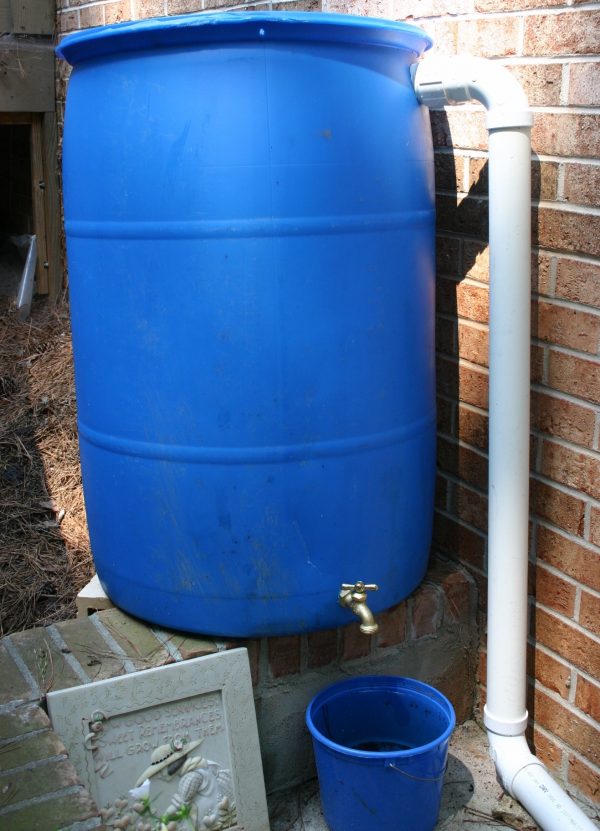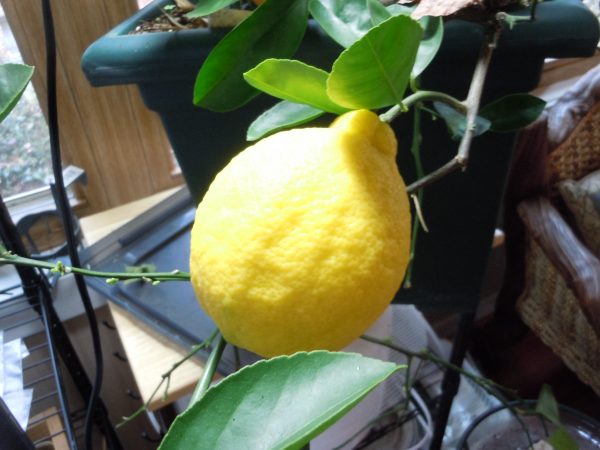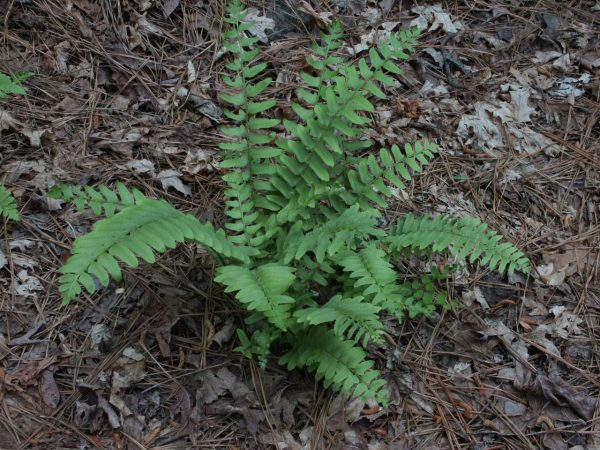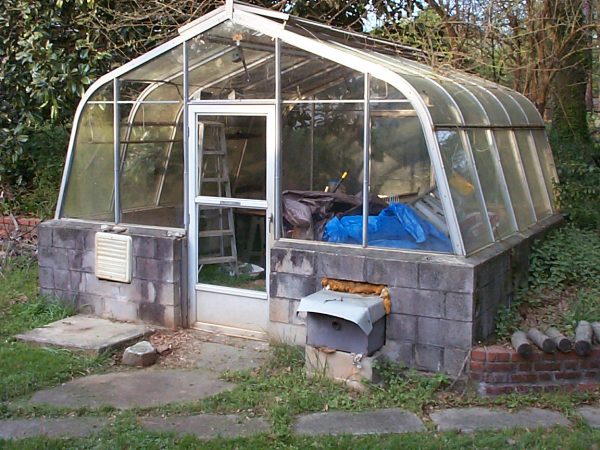Lawns – Diagnosing Dead Grass
I regularly drive by a church that has a nice zoysiagrass lawn in front. Knowing that zoysia is usually the last lawn grass to green up in spring, I use the church’s lawn as my indicator of when to recommend springtime zoysiagrass fertilization to the public (i.e. at least fifty percent green).
This spring (May, 2002) I waited and waited and waited for the church grass to turn its expected emerald color. It never did. The entire lawn died, sometime between last October and this April.
I know the parishioners are chagrined with their landscape but I’ve seen several more instances of lawn problems this spring. Some I can explain, some I can’t but here are my best guesses as to the causes.
LAWN DEATH If it were just a few dead spots in a lawn I could theorize that fungal disease had attacked. When an entire lawn is affected, I have to conclude that an environmental factor is the culprit. Though the past winter was mild by most standards, I think cold weather could have killed some lawns outright.
But why would one zoysia turf survive and another decline in the presence of the same cold weather? Improper mowing heights coupled with an early fertilization could easily explain the situation.
Zoysiagrass grows thickly. As a result, it must be mowed closely and regularly to avoid forming a layer of thatch between the soil and the grass stems. Thatch prevents grass roots from penetrating the soil deeply, making them more susceptible to cold and drought injury. If zoysia lawns are regularly mowed higher than one and one-half inches, thatch can accumulate.
Remember the two periods of warm weather followed by a cold snap earlier this spring? Some folks were fooled into thinking that spring had arrived early. They fertilized their warm season lawns with abandon. The fertilizer forced new growth to appear in zoysia (and perhaps centipede and Bermuda) lawns…….just in time for a blast of twenty degree weather to freeze the lawn to death. My recommendation? Start over. And always pay attention to the proper mowing height.
SPRING DEAD SPOT Mid-summer brings complaints about brown patch disease in fescue and bermudagrass lawns. Late spring, though, is the time I expect calls about yellow patches five inches to five feet in diameter in green Bermuda and zoysiagrass lawns. The common name says it all: spring dead spot. This fungus attacks grass in fall so there is not much that can be done to cure it now. There is, however, much to be done to prevent it.
Spring dead spot is associated with heavy fertilization, thatch, poor drainage and low potassium levels in the soil. If you suspect spring dead spot, have your soil tested by your local Extension service office 1-800-ASKUGA-1) to get specific fertilizer recommendations. Plan to dethatch and aerate each summer for three years and consider applying a fungicide. Triadimefon (Bayleton) is the active ingredient in Bayer Advanced Fungus Control for Lawns and in Bonide Fung-onil Lawn Disease Control. It should be applied in September.
PYTHIUM The warm, wet weather we had two weeks ago makes perfect conditions for pythium disease in fescue lawns. Infected grass turns yellow and lies flat on the ground. Raking it away leaves a dead patch of soil. I often see this disease appear after too much seed has been spread in an area. The tiny grass blades are super-susceptible to disease. When one becomes infected, all those nearby get sick as well. Pythium is best prevented by planting no more than six to ten pounds of fescue seed per thousand square feet and watering only when the soil is dry in spring. If you see it now, rake out the dead grass and scatter fresh seed very lightly on the spot.
LAWN CARE CALENDARS Most lawn problems can be prevented by following a conservative management plan. I have put together lawn care calendars and cultivation tips for each of the common lawn grasses you might grow. You can download them here.
By following these research-based tips and timing your lawn maintenance properly, you can keep your lawn in optimum health.















